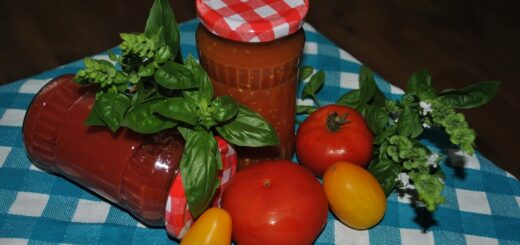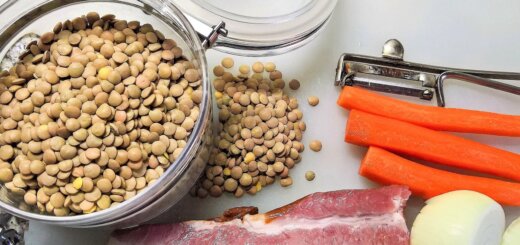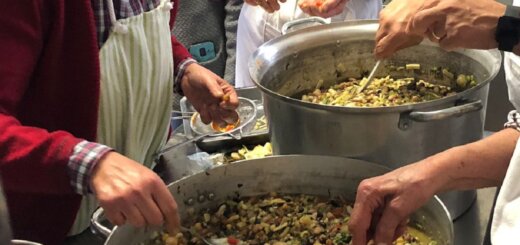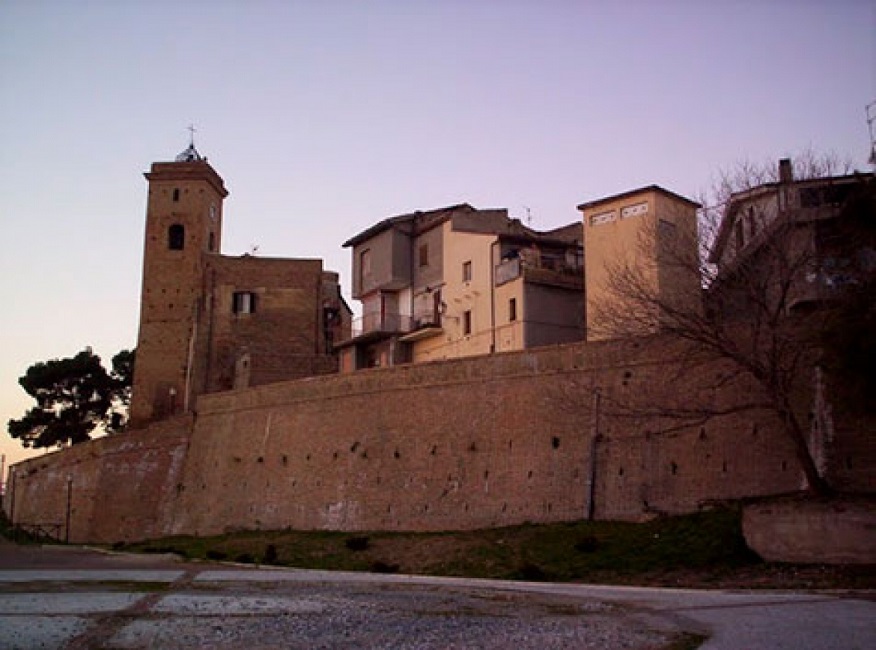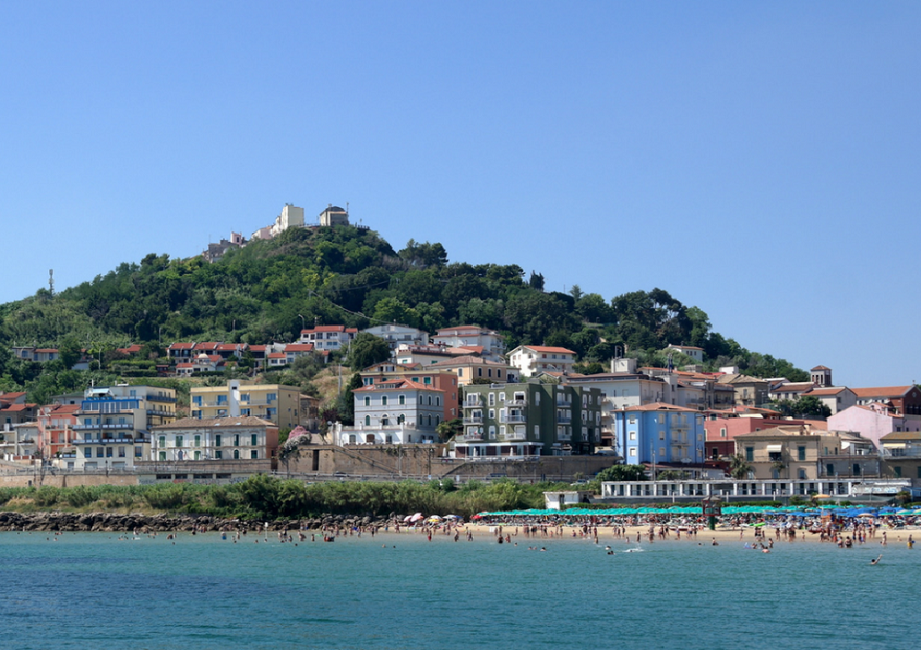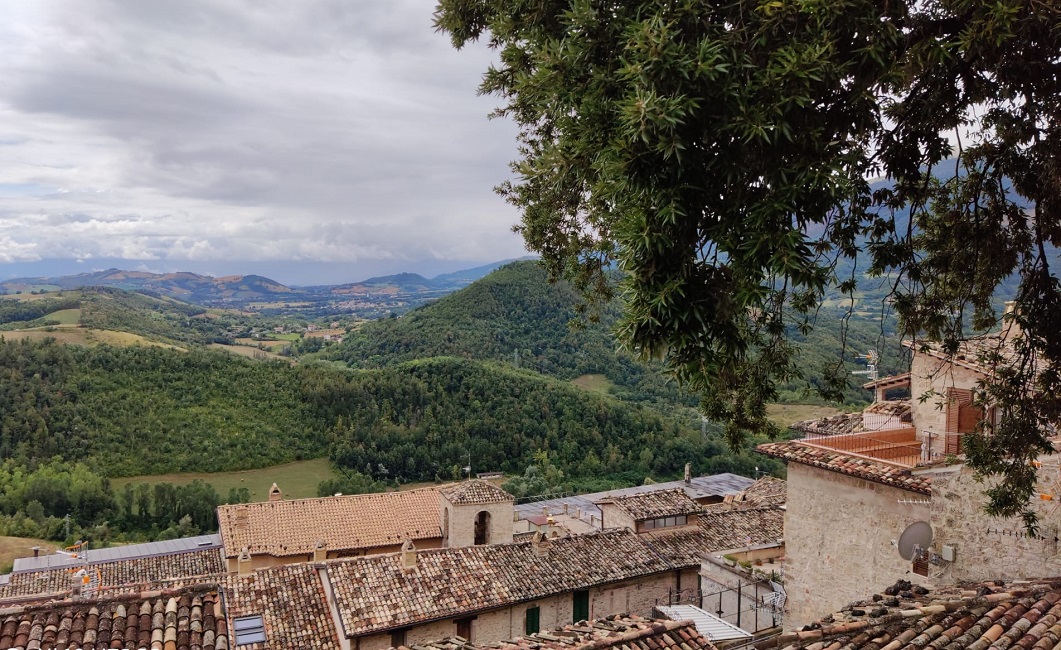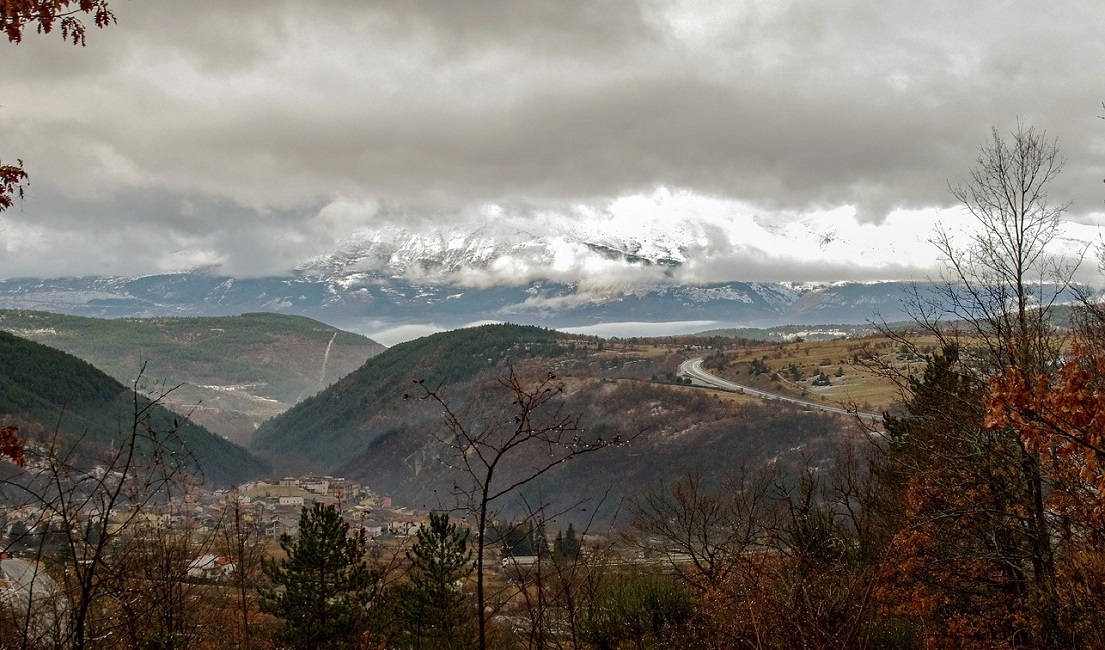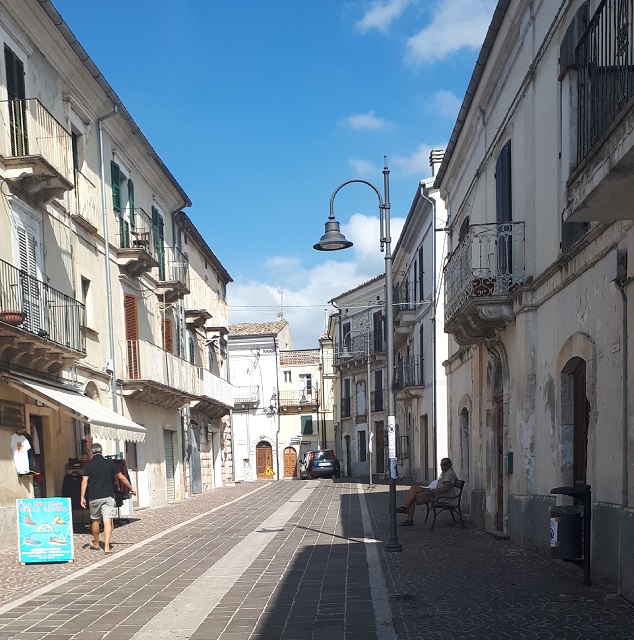Mamma Ginetta’s Timballo
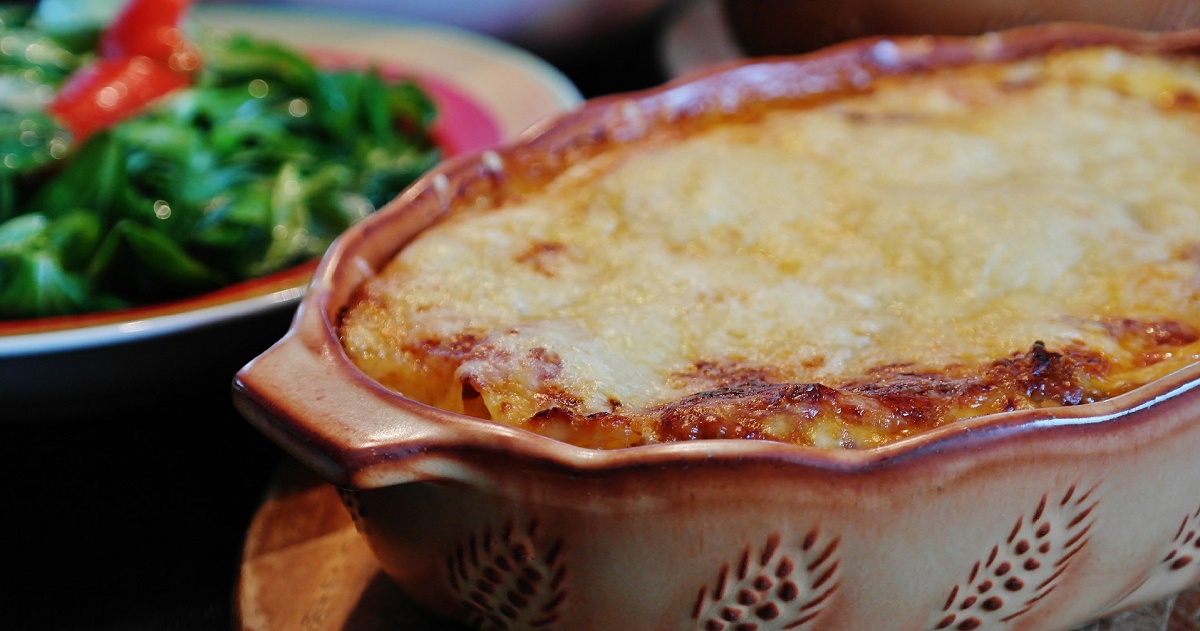
It is a Saturday afternoon in April and Easter Sunday lunch is looming. I am to help with the timballo.
Because, says my mother-in-law, referring to her elder son, for Easter Sunday lunch that’s what he likes to eat.
I mean no disrespect when I say that here she got it wrong. My husband appreciates good food but, untypically of the men of his region, he doesn’t really mind if it’s not traditional. Which, as he didn’t marry an Abruzzese, is just as well.
Still, timballo seems like a good option for a festive lunch and I am here to learn.
We lay everything out on the table in her sunny kitchen: hard pasta sheets, ragù made the day before, sliced mozzarella, boiled eggs, and grated Parmesan.
We begin by greasing a huge oven dish big enough to hold a meal for 12. And then we start cooking the pasta.
They may not be up there with the invention of the washing machine, but pre-prepared pasta sheets have made a huge difference to women’s lives.
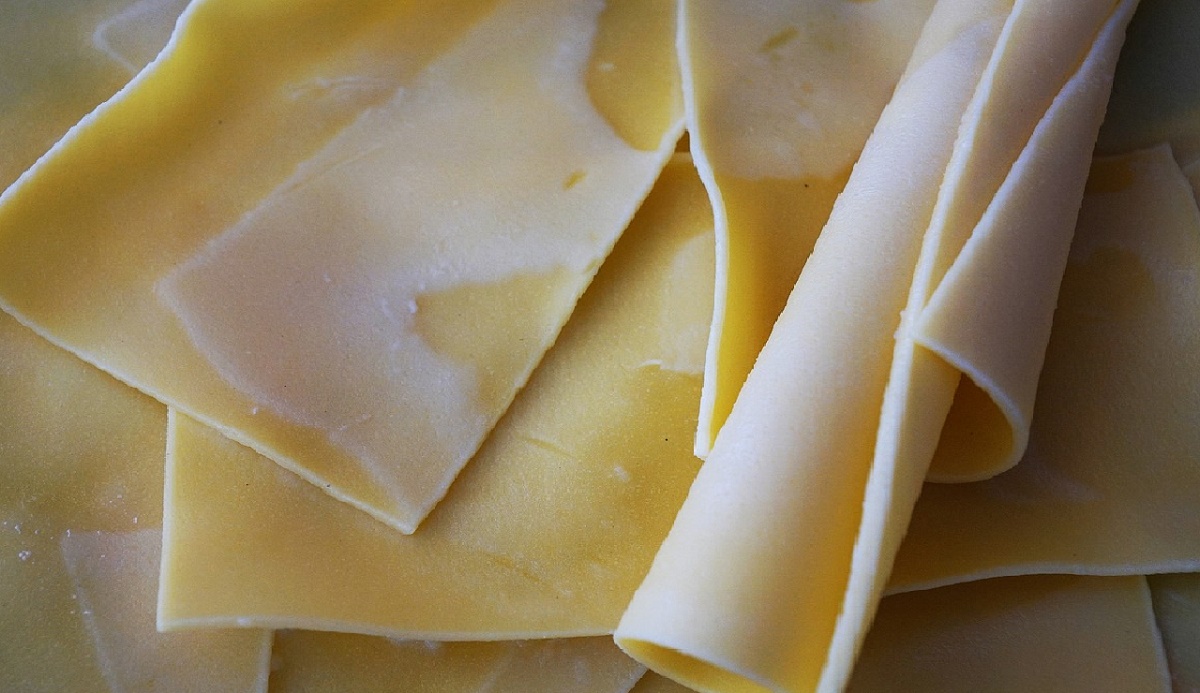
At the time I am writing about, however, they have not yet been invented. The pasta we have before us is as brittle as corn chips. So the first thing we have to do is put a pot of water on to boil. This is the difficult part. Each sheet of pasta is softened in the boiling, salted water and then layered with the other ingredients. It takes a lot of skill and patience to judge the precise amount of cooking time.
While we cook the pasta, it is then just a case of layer upon layer: pasta, ragù, mozzarella, egg, parmesan and then back to the beginning again. Slowly the oven dish is filled to the brim. We end with a layer of pasta.
While we work, I annoy Mamma Ginetta with a question or two. Why, I want to know is this dish called timballo? And what is the difference between timballo and lasagne? She explains that the name comes from the French word timbale for the type of baking dish, which originally was drum-shaped. And that’s the only difference? She shrugs. I get it. There are probably as many different versions of lasagne and timballo as there are cooks who make them, and just as many theories. I have, though, noticed an important difference. The way I see it, this timballo is richer and has far more heft than any lasagne I have eaten.
After we lay the last sheets of softened pasta on top, I lug the dish over to the fridge, where it will rest until baking time tomorrow. Cleaning the kitchen takes almost as long as making the timballo. Is it just my imagination or is it getting dark outside? As I wipe down the kitchen table I am looking forward to a lie down. Perhaps even a snooze before dinner.
So I am surprised to see my mother-in-law placing an enormous baking bowl in the centre of the table. Now, she says, we have to make the cake.
Here a note is in order. My mother-in-law was a good cook, but not a dedicated one. This is Mamma Ginetta’s version of timballo. The traditional recipe from Teramo, arguably the real home of Abruzzese cooking, favours, instead of pasta, scripelle, crepes made from flour and eggs, and pallottine, tiny meatballs, instead of ragù. But that’s for another post.


